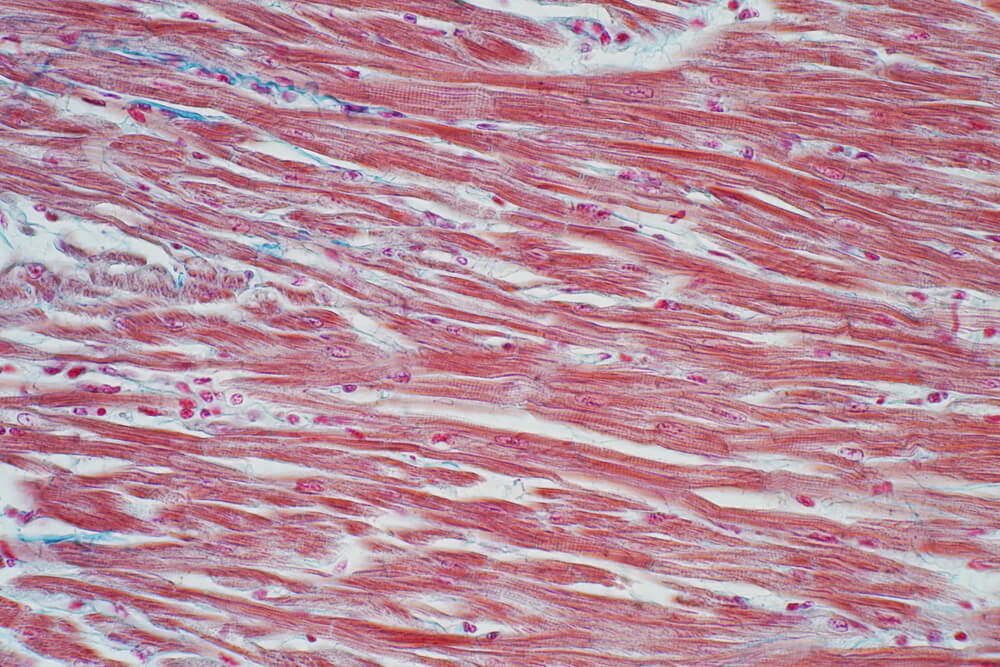These disorders affect the main proteins that are responsible for the strength and integrity of all of our organs, vessels, skin and bones. They cause weakness in the blood vessels, particularly the arteries, that can lead to vascular problems such as aneurysms, aortic dissections, and ruptures.
Risk for vascular problems varies
The risk of significant vascular problems varies by each disorder, by vascular health factors (such as smoking) and your genetics.
Ongoing monitoring can help
If you are diagnosed with a CTD, you may need ongoing monitoring to head off or treat any possible vascular problems.
Symptoms
Many patients with a CTD have no symptoms until their 20s or 30s.
Easy bruising, orthopaedic issues when very young
Easy bruising, hyper-flexibility, and orthopaedic issues in a very young child may signal an elevated risk for a CTD.
Characteristic signs
Though specifics vary, some CTDs are associated with characteristic facial, skeletal, eye and skin features.
Chest pain
Chest pain is often the first sign of an underlying CTD.
Causes
All CTDs are caused by specific genetic mutations that adversely affect the main building blocks of the human body: fibrillin, collagen, and elastin protein molecules.
Diagnosis
If you experience any of the symptoms above, see a vascular surgeon who has training in genetic medicine for an evaluation.
Treatments
Treatment options depend on the specific type of CTD and associated vascular problems.
Staying Healthy
- See your vascular surgeon regularly to check your vascular and overall health, including your cholesterol levels.
- If you need ongoing testing to look for aneurysms, ask about ways to avoid medical radiation exposure associated with some tests, such as echocardiograms or magnetic resonance angiogram (MRA) tests.
- If you smoke, ask your vascular surgeon to help you find a smoking cessation program that will work for you.
- Exercise safely and regularly. Ask your doctor for guidance.
